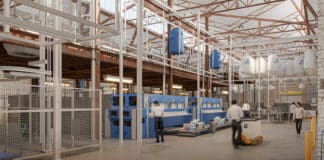“It is important to understand that the current consensus-based building codes and referenced design standards do not formally incorporate climate change into the natural hazard provisions,” says Reeder. “Therefore, if a building is going to incorporate climate change into the design, other approaches need to be considered.”
The 2019 National Hazard Mitigation Saves report from the National Institute of Building Sciences, and funded by the U.S. Department of Housing and Urban Development, found that designing above code requirements results in saving $4 for every $1 invested.
“Requesting that design professionals design the building above the code minimum requirements for hazards, such as wind and flood, will also result in better building performance during disasters,” adds Reeder. He mentions the FORTIFIED Commercial program from the Insurance Institute for Business & Home Safety, which “doesn’t formally address climate change, [but] it incorporates higher design requirements, which would help to futureproof a building.”
Of course, natural disasters are not the only threats buildings face. Schroepfer, who works directly with public buildings, has seen an uptick in civil arrests since the beginning of the pandemic. To account for natural and civil threats, design teams need consider different trends unique to each threat.
While facility executives can go above and beyond code requirements, they should continue to advocate for stronger building codes to protect their investments.
Schroepfer believes trends fall into either hardening and redundancy categories. When facility managers think about hardening, they think about their building—the hardening of structure, glass, etc.—but redundancy can extend beyond buildings. Having a generator or a secondary water source as backup in case something happens to the main supply or system is an example of redundancy.
Since our aging infrastructure is going to take time to update for climate change, facility executives need to consider secondary or alternative power sources and potentially water sources until normal utility service can be restored, Reeder adds.
Naturally, another consideration is while facility managers want to have hardened, sturdy, protected buildings, no one wants to work in a bunker in a basement without natural light, says Schroepfer. Safety is important, but so is making sure the building is still a pleasant place to be.
“[As an example,] the Hennepin County 911 Emergency Communications facility has a lot of natural light, but is mitigating the risk to building infrastructure with hardened glass and hurricane shutters,” he says. The 58,000 sq. ft. emergency communications facility complies with current building codes and uses an energy-efficient geothermal heating and cooling plant. It has multiple layers of redundant mechanical and electrical systems that keep the facility operational at all times to reliably serve the community.
After Hurricane Harvey, Hospital Focuses On Power Resiliency
Schroepfer emphasizes that resiliency is not just a code issue—it’s an issue for buildings and community. “People have always talked about how to protect structures from the elements, but the conversation around resiliency has gotten more people to think about redundancy and the importance of it,” says Schroepfer. Facilities managers need to identify their own vulnerabilities through risk assessments, and plan for worst-case scenarios.
Increasing Awareness
While facility executives can go above and beyond code requirements, Reeder believes they should continue to advocate for stronger building codes to protect their investments. “If their jurisdiction does not have a building code adopted, then facility executives should request that their building and any improvements meet the latest consensus-based building code.”
In addition, Schroepfer emphasizes the importance of community involvement and recommends engaging with other facility managers in your communities, “because your neighbors can contribute to the redundancy and risk of your buildings.”
“[Facility management professionals] need to make dialogue around resiliency a priority, because if we don’t make it a priority, the dialogue isn’t going to happen and we’re going to fall victim to disasters,” warns Schroepfer. “The more you reduce any kind of risk, the less you become a victim and instead become the solution.”
Do you have a comment? Share your thoughts in the Comments section below, or send an e-mail to the Editor at jen@groupc.com.





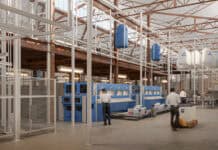


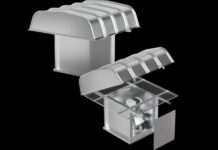

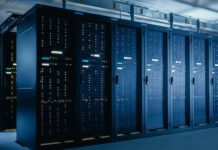




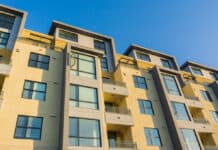
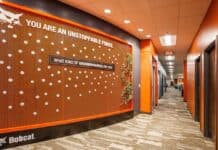



![[VIDEO] Job Order Contracting: Accelerating the Projects that Matter](https://facilityexecutivemagazine.kinsta.cloud/wp-content/uploads/2024/05/maxresdefault-324x160.jpg)
